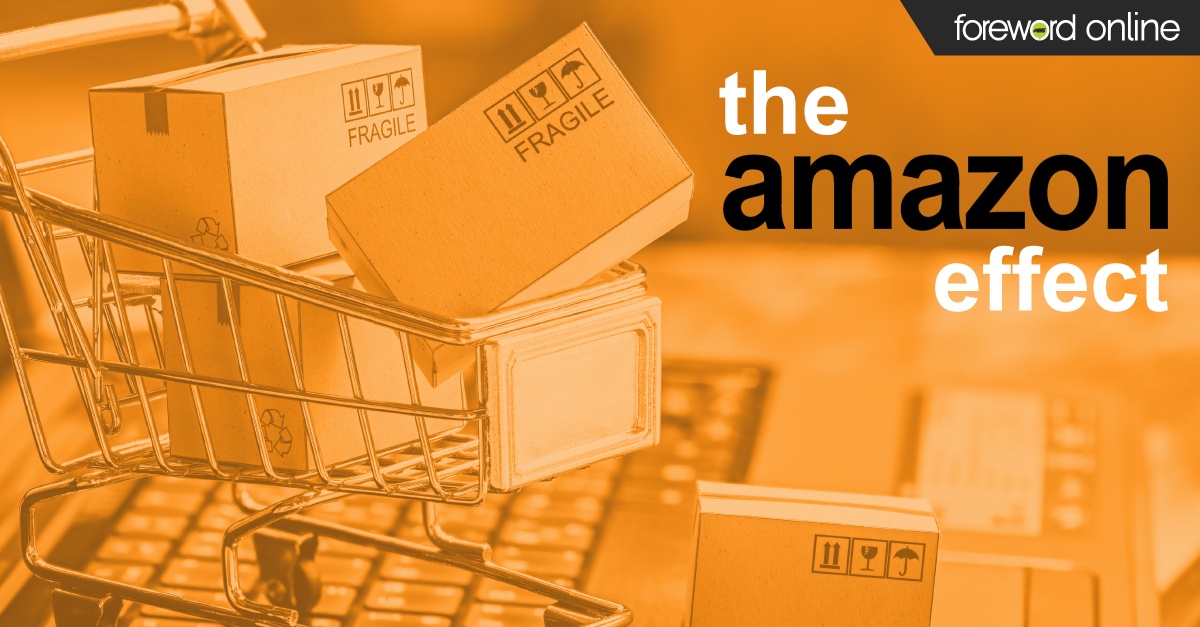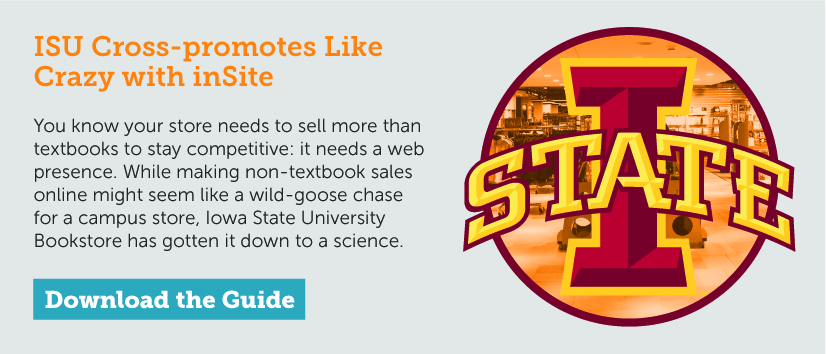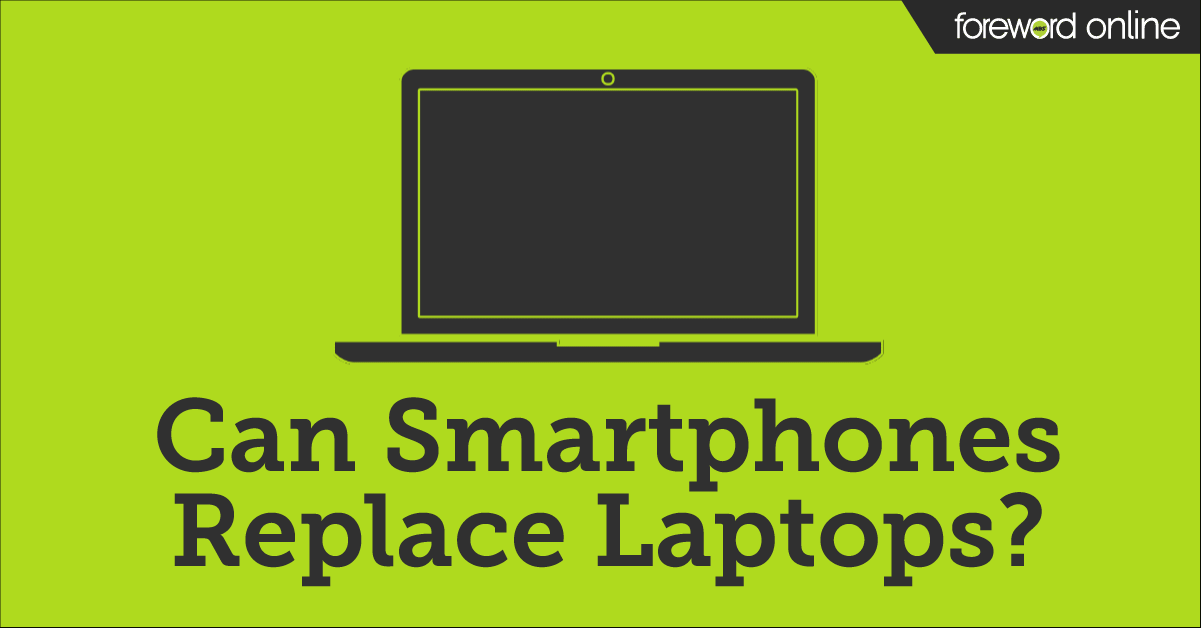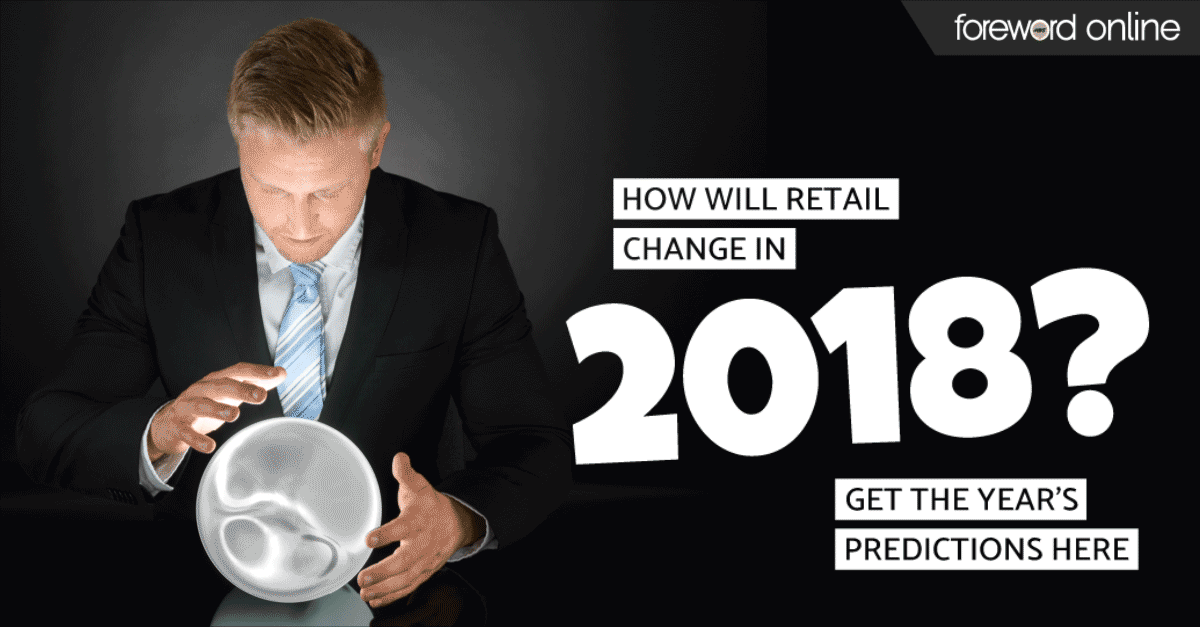Everyone is talking about it. The “Amazon Effect” is scattered across retail news. The most recent companies to feel the impact are Ralph Lauren and J. Crew, but large department stores like Macy’s have been feeling the effect for a while. When Amazon has the seeming ability to line up these large corporations, regardless of what they sell, and systematically watch them fall, what hope does any brick-and-mortar store have?
 The book industry already weathered the Amazon Effect, losing half of the U.S. market. Apparel is the most recent industry to feel the disruption. In 2016, Amazon registered the most apparel sales of any online retailer for the 18–34 demographic. This isn’t surprising given that 43 cents of every dollar spent online goes to Amazon. Last year they accounted for 6.6% of the retail apparel sales, and it is projected that by 2021 they will have taken 16.2% of the market.
The book industry already weathered the Amazon Effect, losing half of the U.S. market. Apparel is the most recent industry to feel the disruption. In 2016, Amazon registered the most apparel sales of any online retailer for the 18–34 demographic. This isn’t surprising given that 43 cents of every dollar spent online goes to Amazon. Last year they accounted for 6.6% of the retail apparel sales, and it is projected that by 2021 they will have taken 16.2% of the market.
At this point, calling the company a juggernaut doesn’t do it justice.
Changes in brick-and-mortar
Times aren’t as bad for brick-and-mortar as they may seem. Some companies have to shut down stores or undergo major rebranding, whereas others are prospering from the Amazon Effect. The major difference between the two is the company’s adaptability and their online presence.
Change isn’t easy for anyone, but eCommerce continues to grow. Between 2015-2016, online shopping grew by 20 million people for a total of 224 million online shoppers. The amount the group spent grew by $7 billion. All predictions show these numbers continuing to grow. The National Retail Foundation predicts online retail to grow 8-12% in 2017. The stalwart companies who haven’t embraced eCommerce and have been relying on their old business models are taking the biggest hits.
However, the businesses who have embraced change and have seriously looked to improve their online capabilities and delivery are prospering along with the online giant. Companies like Walmart have begun to turn the ship around. They are introducing new innovations that benefits customers like grocery pick-up services and even employees delivering orders on their way home from work. As weird as it may seem, it’s working. Their numbers are up.
"If you're competitor-focused, you have to wait until there is a competitor doing something. Being customer-focused allows you to be more pioneering,” Jeff Bezos, Amazon’s chief executive and founder, said.
This is exactly where businesses will survive and thrive. The market shift has put the power into consumers’ hands. Prioritizing customers and creating an experience that transitions seamlessly from online into the store is something Amazon can’t do. Right now, they only have fifteen brick-and-mortar locations. There is an opportunity for existing stores to think outside of the box and establish their omnichannel presence. More than that, it’s what consumers want and expect.
Real life expectations
I went to a store recently and the moment I stepped inside I was asked if I needed help. I hadn’t looked at anything yet so I declined. I browsed for a little while, and maybe ten minutes later, I was ready to make a fairly large purchase providing I could get a couple questions answered. I went in search of the associate who had asked to help me. He was gone. I circled the store twice and no one else approached me or even looked in my direction. I left and didn’t buy anything. Will I go back and try to make that purchase from them again? Probably not.
This is where the customer experience comes in. Had I been online, I could have read reviews and had my questions answered exactly when I wanted them answered. However, I wanted to see the product in person. I chose to go to the store for that reason and I would have bought it, except when I actually needed help, there was none to be had.
Now, imagine how it could have gone. I could have researched the product on the store site and found what I liked, including a price comparison. I could have gone into the store and spoken to the associate about any additional questions I had and made my purchase. I, the consumer, am happy. I got what I wanted, I feel like I got a good buy and I had a good experience. That builds loyalty. It makes me want to repeat the experience the next time I need to buy something. The marriage of the online shopping experience with the brick-and-mortar one is essential.
Changing the way business is done
Both Ralph Lauren and J. Crew have brought in young executives who don’t have experience in apparel, because the companies recognize the need for change. They are reexamining their brand and who their customers are because somewhere along the way they lost that vision. College stores have an advantage other retailers don’t have. You already know these things. While your individual customers change frequently, they are all students. Your store is in the perfect location to provide convenient and immediate service, but don’t let the service become stagnant. Think outside of the box. Follow the examples of stores like the Aztec Shops at San Diego State University who brought in gaming chairs for customers to use and some unexpected merchandise.
More importantly, make sure your online presence meets students’ expectations. If you sell apparel in the store, it needs to be in your online store where students can browse and decide what they want from the most convenient location for them — more than likely their phone. Your site needs to be scalable to whatever device they are using. Offer price comparison and student schedule integration that would pull up the books they need based on their student ID.
The list might seem overwhelming, especially if you don’t already have an online presence, but these goals are easily achievable as the Pennsylvania College of Technology discovered. Get to know your students and what they like and want. Constantly look for ways to improve the services you offer them to make their lives easier — because that’s exactly what Amazon is doing.




